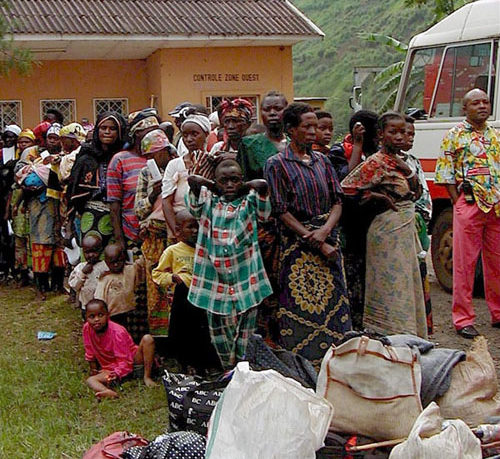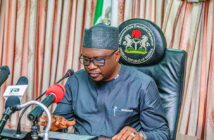Samuel Kisembo, the Resident District Commissioner for Kikuube and Hoima Districts in Western Uganda, said in Kampala that they were fleeing renewed tribal clashes in Ituri Province in eastern DRC.
Kisembo said that they used Lake Albert shared by Uganda and DRC.
“We are working with the local leadership, the Office of Prime Minister and the UN High Commissioner for Refugees to direct these people to the reception centre at Sebigoro,’’ Kisembo said.
The district commissioner said that more people were expected to cross to Uganda.
“Our teams are on standby and health officials are available to screen the newcomers of Ebola and other related diseases,’’ Kisembo said.
Uganda, according to the UN refugee agency, is the third largest refugee-hosting country in the world. The country hosts some 1.36 million refugees, mostly from neighbouring South Sudan, DRC and Burundi.
The origins of the current violence in the DRC are in the massive refugee crisis and spillover from the 1994 genocide in Rwanda. After Hutu génocidaires fled to eastern DRC and formed armed groups, opposing Tutsi and other opportunistic rebel groups arose. The Congolese government was unable to control and defeat the various armed groups, some of which directly threatened populations in neighboring countries, and war eventually broke out.
From 1998 to 2003, government forces supported by Angola, Namibia, and Zimbabwe fought rebels backed by Rwanda and Uganda in what is known as the Second Congo War. While estimates vary greatly, the death toll may have reached over three million people. Despite a peace deal in 2002 and the formation of a transitional government in 2003, ongoing violence perpetrated by armed groups against civilians in the eastern region has continued, largely due to poor governance, weak institutions, and rampant corruption.
One of the most prominent rebel groups to emerge in the aftermath of the war was known as the March 23 Movement (M23), made up primarily of ethnic Tutsis who were allegedly supported by the Rwandan government. M23 rebelled against the Congolese government for supposedly reneging on a peace deal signed in 2009. The UN Security Council authorized an offensive brigade under the mandate of the UN Organization Stabilization Mission in the DRC (MONUSCO) to support the DRC state army in its fight against M23. The Congolese army and UN peacekeepers defeated the group in 2013, but other armed groups have since emerged.
The country’s massive resource wealth—estimated to include $24 trillion of untapped mineral resources—also fuels violence. The mineral trade provides financial means for groups to operate and buy arms. The United States passed legislation in 2010 to reduce the purchase of “conflict minerals” and prevent the funding of armed militias, but complex supply chains in the DRC mineral sale business have made it difficult for companies that purchase resources from secondhand buyers to obtain certification. As a result, multinational companies have stopped buying minerals from the DRC altogether, putting many miners out of work and even driving some to join armed groups to gain a source of livelihood.
Weak governance and the prevalence of many armed groups have subjected Congolese civilians to widespread rape and sexual violence, massive human rights violations, and extreme poverty. The African Union, United Nations, and neighboring countries have struggled to address threats posed by rebel groups and promote sustainable development. Continued violence in the DRC may eventually spill over into Burundi, Rwanda, and Uganda—countries with longstanding ties with the United States.




